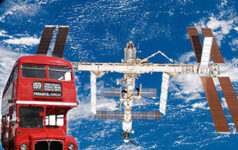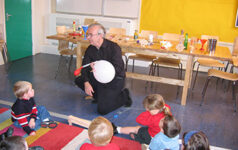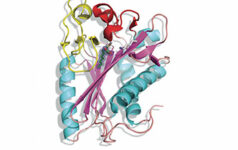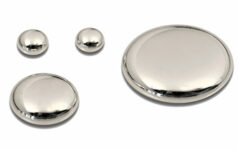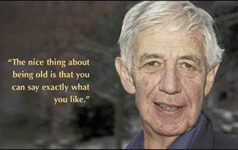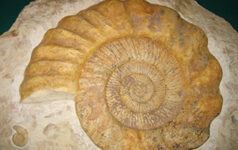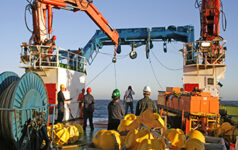The Automated Transfer Vehicle – supporting Europe in space
Where do astronauts get their food? What happens to their waste? Adam Williams from the European Space Agency in Darmstadt, Germany, describes the development of an unmanned shuttle to supply the International Space Station.






